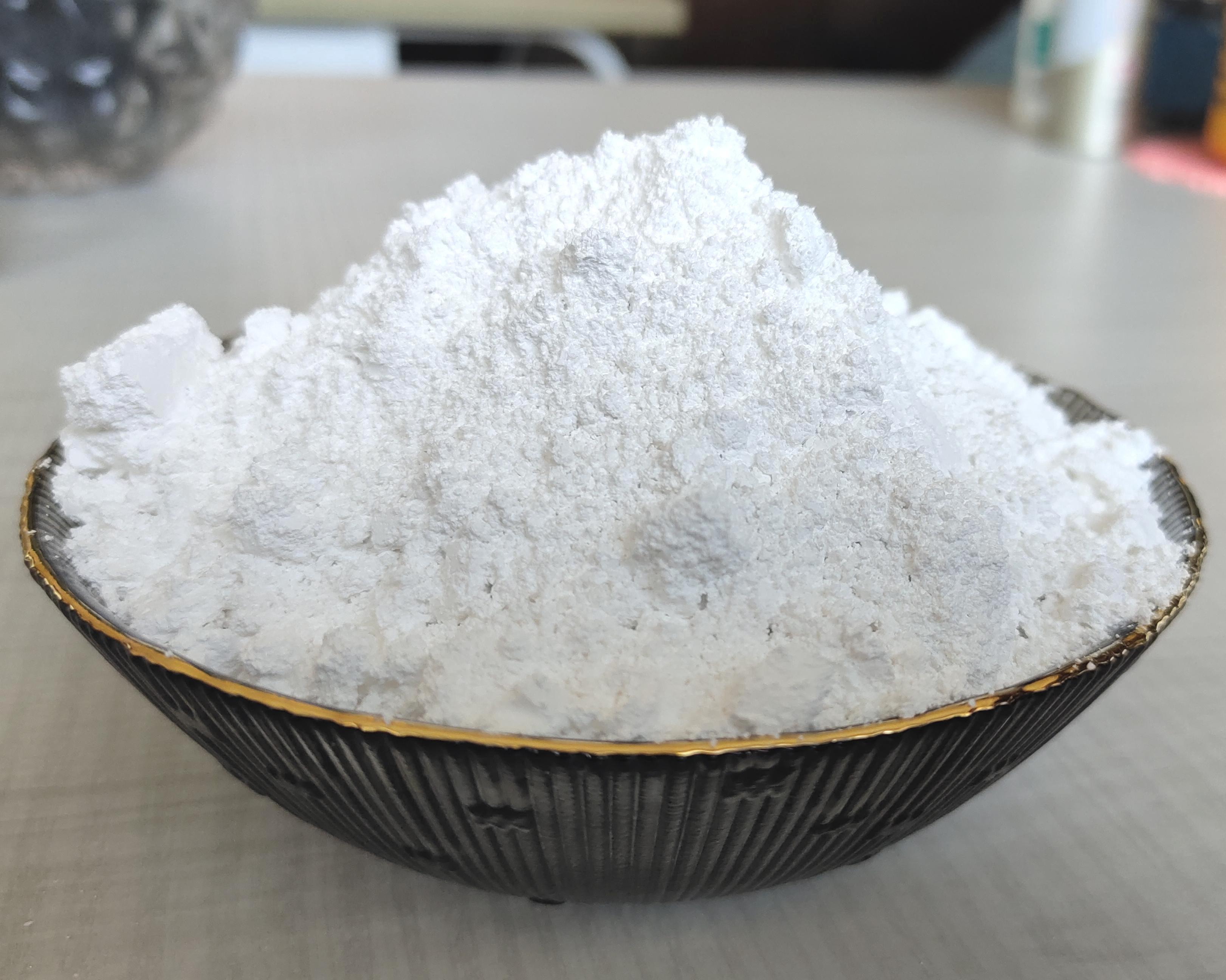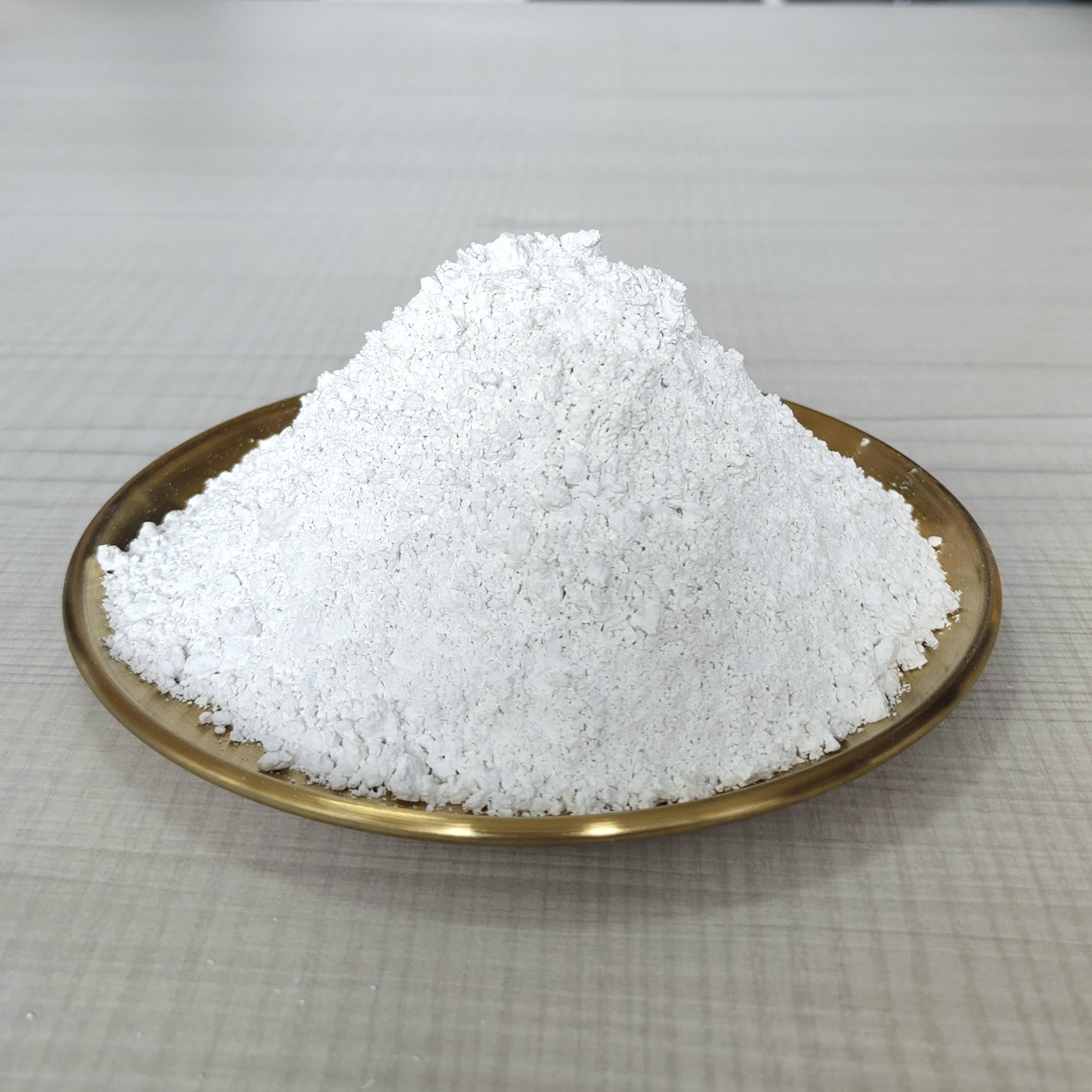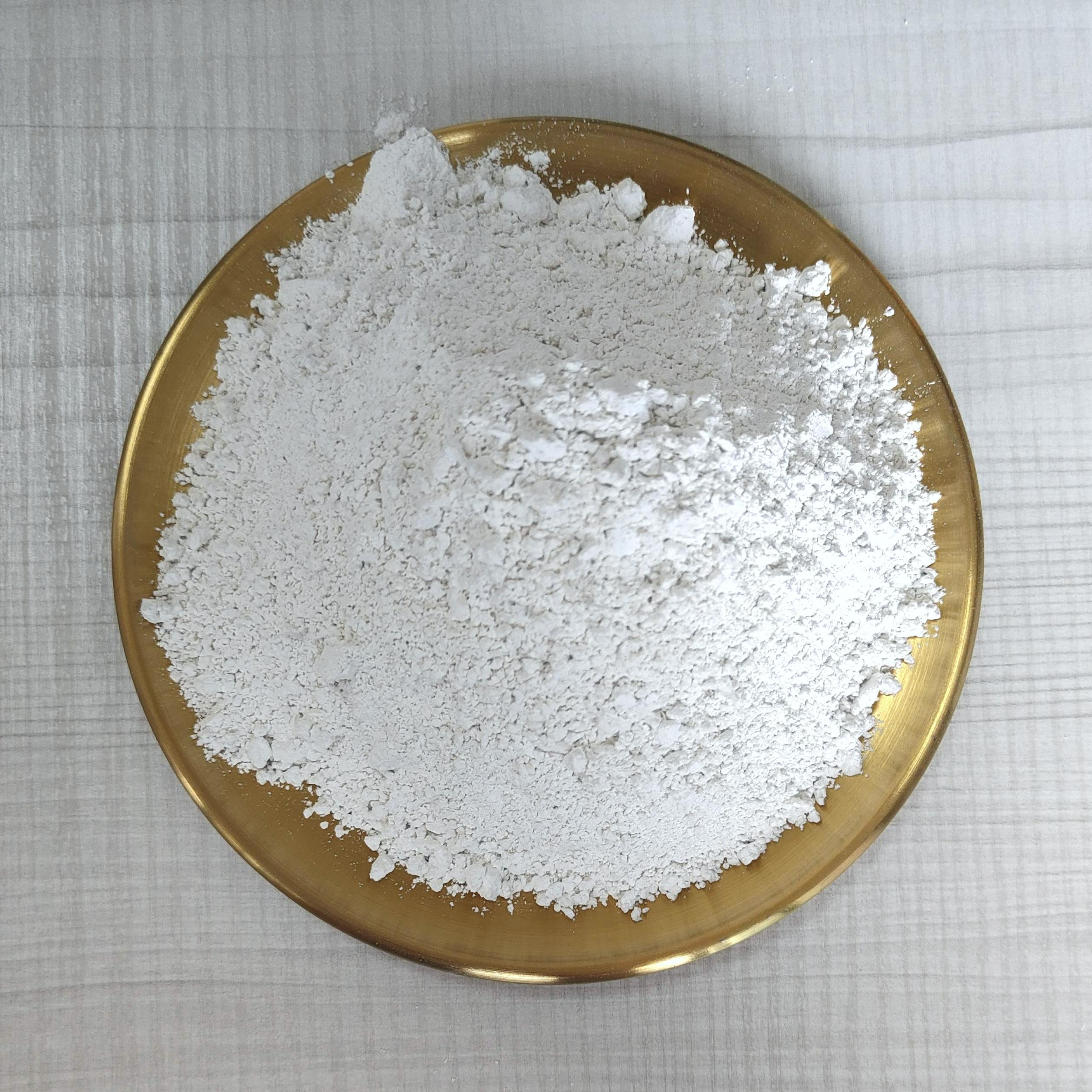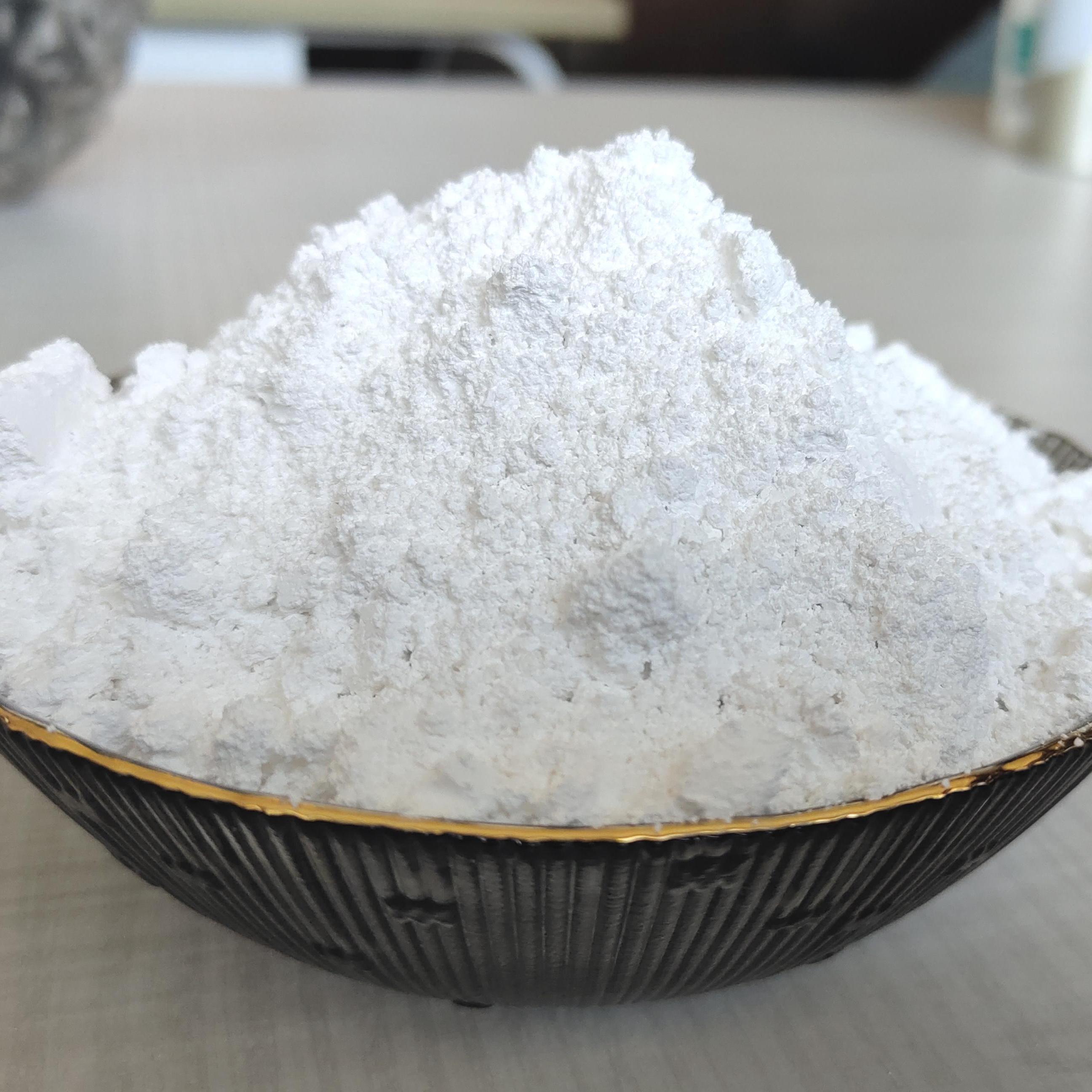17
2025
-
07
The Role of Fine Calcium Hydroxide in Environmental Solutions
The Role of Fine Calcium Hydroxide in Environmental Solutions In recent years, the quest for sustainable and effective environmental solutions has become a priority across various industries. One often-overlooked yet crucial player in this arena is fine calcium hydroxide. This remarkable material offers numerous benefits, ranging from waste treatment to air purification, making it a cornerstone in
The Role of Fine Calcium Hydroxide in Environmental Solutions
In recent years, the quest for sustainable and effective environmental solutions has become a priority across various industries. One often-overlooked yet crucial player in this arena is fine calcium hydroxide. This remarkable material offers numerous benefits, ranging from waste treatment to air purification, making it a cornerstone in the development of environmentally friendly practices.
Understanding Fine Calcium Hydroxide: Properties and Composition
Fine calcium hydroxide, commonly known as slaked lime, is a white powder that results from the hydration of quicklime (calcium oxide). Its chemical formula is Ca(OH)₂, and it plays a significant role in several industrial processes. Understanding its properties is essential to appreciating its applications in environmental solutions.
Chemical and Physical Properties
Fine calcium hydroxide boasts a range of chemical and physical properties that contribute to its effectiveness in environmental applications:
- Solubility: Fine calcium hydroxide is only slightly soluble in water, which allows for controlled usage in various environmental processes.
- pH Levels: It has a high pH, making it an excellent neutralizing agent for acidic environments.
- Reactivity: The compound readily reacts with carbon dioxide, forming calcium carbonate, which has implications for carbon sequestration.
Production Methods of Fine Calcium Hydroxide
The production of fine calcium hydroxide involves several steps, each crucial for ensuring the quality and purity of the final product. Typically, high-purity limestone is calcined in a kiln, producing quicklime. This quicklime is then hydrated with water in a controlled environment to yield fine calcium hydroxide. Advanced processing techniques allow for the production of finer particles, enhancing its reactivity and effectiveness in environmental applications.
Applications of Fine Calcium Hydroxide in Environmental Solutions
Fine calcium hydroxide is a versatile material with multiple applications in environmental solutions. Its unique properties allow it to address various environmental challenges effectively.
Wastewater Treatment: A Key Solution for Pollution Control
One of the most significant applications of fine calcium hydroxide is in wastewater treatment. The compound acts as a powerful neutralizing agent for acidic wastewater, helping to raise pH levels to safer, more neutral ranges. This process is crucial for ensuring that treated water meets environmental regulations before it is released back into natural bodies of water.
Neutralization Process
The neutralization process involves adding fine calcium hydroxide to wastewater that exhibits high acidity. Once introduced, the calcium hydroxide reacts with the acids present in the water, resulting in the formation of water and calcium salts. This reaction effectively reduces toxicity levels and prepares the water for further treatment or discharge.
Sludge Stabilization
Another significant aspect of wastewater treatment is sludge stabilization. Fine calcium hydroxide can be added to sludge to enhance its digestibility, thereby facilitating better management and disposal. This process not only reduces the volume of waste but also minimizes the environmental impact of sludge disposal.
Air Purification: Combatting Air Pollution with Fine Calcium Hydroxide
Fine calcium hydroxide also plays a vital role in air purification systems. Its ability to absorb and neutralize harmful gases supports efforts to improve air quality in urban environments.
Removal of Acidic Gases
Fine calcium hydroxide is particularly effective at removing acidic gases, such as sulfur dioxide (SO₂) and hydrogen chloride (HCl), from the air. In flue gas desulfurization (FGD) systems, it reacts with these gases to form neutral salts, thereby reducing overall emissions from industrial processes.
Odor Control
In addition to removing acidic gases, fine calcium hydroxide can help control odors in waste management facilities and industrial plants. By neutralizing volatile organic compounds (VOCs), it contributes to a more pleasant working environment and reduces the risk of complaints from nearby communities.
Fine Calcium Hydroxide in Sustainable Construction
As the construction industry seeks to adopt more sustainable practices, fine calcium hydroxide has emerged as a valuable material. Its properties enhance the performance of various construction materials while promoting environmental sustainability.
Enhancing Cement and Mortar
Fine calcium hydroxide is often added to cement and mortar formulations to improve their properties. Its ability to enhance workability and strength makes it an attractive additive for builders and architects striving for durable, long-lasting structures.
Carbon Sequestration Potential
One of the most promising aspects of using fine calcium hydroxide in construction is its potential for carbon sequestration. When exposed to carbon dioxide, calcium hydroxide reacts to form calcium carbonate, effectively capturing CO₂ from the atmosphere. This not only strengthens the material but also contributes to reducing greenhouse gas concentrations.
Environmental Benefits of Sustainable Construction Practices
Incorporating fine calcium hydroxide into construction projects can lead to reduced energy consumption, less waste generation, and lower overall environmental impact. By promoting the use of sustainable materials, we contribute to a healthier planet for future generations.
Challenges and Considerations in Using Fine Calcium Hydroxide
While fine calcium hydroxide offers numerous benefits, it is essential to consider potential challenges associated with its use. Understanding these factors will help industries implement best practices effectively.
Handling and Safety Concerns
Fine calcium hydroxide can pose health risks if proper safety measures are not in place. Its dust can irritate the skin, eyes, and respiratory system. Therefore, adequate protective measures, such as gloves, masks, and goggles, should be utilized to ensure safe handling.
Environmental Impact
Though generally considered environmentally friendly, the extraction of limestone for calcium hydroxide production may lead to habitat disruption and other ecological impacts. Sustainable sourcing practices, such as using recycled materials, can mitigate these effects and promote a greener approach to production.
Future Prospects: Innovations in Fine Calcium Hydroxide Applications
As environmental challenges continue to evolve, the demand for innovative solutions will grow. Researchers and industry leaders are exploring new applications for fine calcium hydroxide, which may revolutionize its use in environmental solutions.
Advancements in Carbon Capture Technologies
Fine calcium hydroxide's potential for carbon capture is a rapidly developing area of research. Emerging technologies seek to enhance its efficiency in absorbing CO₂ emissions, making it an integral component of strategies aimed at combating climate change.
Development of Eco-Friendly Products
Innovations in product formulations that incorporate fine calcium hydroxide are on the rise. From eco-friendly paints and coatings to new types of building materials, the versatility of this compound is opening doors to sustainable alternatives across various industries.
Frequently Asked Questions (FAQs)
What is fine calcium hydroxide used for in environmental applications?
Fine calcium hydroxide is used primarily for wastewater treatment, air purification, and as an additive in sustainable construction practices.
How does fine calcium hydroxide neutralize acidic wastewater?
Fine calcium hydroxide reacts with acids in wastewater, raising the pH to a more neutral level and reducing toxicity.
Can fine calcium hydroxide help reduce greenhouse gas emissions?
Yes, fine calcium hydroxide can sequester carbon dioxide when it reacts with it to form calcium carbonate, thus contributing to climate change mitigation efforts.
What safety measures should be taken when handling fine calcium hydroxide?
When handling fine calcium hydroxide, it is essential to wear protective gear such as gloves, masks, and goggles to prevent irritation and inhalation of dust.
Are there any environmental concerns related to the production of fine calcium hydroxide?
Yes, the extraction of limestone for calcium hydroxide production can lead to habitat disruption; therefore, sustainable sourcing practices are recommended.
Conclusion
Fine calcium hydroxide is proving to be a transformative material in the pursuit of environmental solutions. Its versatility in applications such as wastewater treatment, air purification, and sustainable construction underscores its significance in addressing pressing environmental challenges. By harnessing the unique properties of fine calcium hydroxide, industries can promote sustainability and contribute to a cleaner, healthier planet for future generations. As research continues to advance in this field, the potential for innovative applications and improved efficiencies will further solidify the role of fine calcium hydroxide as a key player in environmental solutions.
fine calcium hydroxide
Get in Touch with Us Today

EZ Chemical is one of the best suppliers of calcium carbonate series products in China.
CONTACT US
E-mail: kevin_song@ezchemical.cn
ADD:Room 2008, Building 8, Jinse Yangguang, Xin'an East Road, Xin'anjiang Street, Jiande City, Zhejiang Province, China.



